Trollstigen Visitor Centre by Reiulf Ramstad Architects, Norway

This year's unusually cold Norwegian spring has tried its best to put a spanner in the works for the opening of the new Trollstigen Visitor Centre. Snow was falling as late as the first weekend of June, so when Wallpaper* visited the site a few days later, the workmen were busy clearing metres of snow and ice from the building's sloping roofs.
The Visitor Centre, which opened last weekend, is a new addition to the existing Trollstigen Viewing Platform, both designed by Reiulf Ramstad Architects, and is part of the National Tourist Routes in Norway. Situated in a mountain pass - at an elevation of around 850 metres - between the towns of Valldal and Åndalsnes in Western Norway, the Trollstigen Visitor Centre and Viewing Platform provides spectacular views of the Trollstigen road - the 'Troll Ladder'.
With an incline of nine percent and 11 tight hairpin bends winding down a steep mountainside, the road opened in 1936 after eight years of construction. It has subsequently become one of Norway's most popular tourist attractions.
The central building of the Visitor Centre contains a café and information point. Designed to resemble the shapes of the surrounding mountain peaks, it is formed from two shells and built from glass, steel and concrete to cope with the violent mountain climate. The shells fold across each other to provide a glass-walled shelter with spectacular views of the landscape. The building's surfaces alternate between being as smooth as ice and as rough as rocks, echoing the complex natural forms of the Norwegian mountain landscape.
The other building, containing service facilities, a kiosk and a souvenir store, is structured like a defensive wall, acting as a manmade flood barrier for when the crystal-clear River Istra soars with meltwater during the spring.
In fact, water has been a key element in the architectural design. A series of stepped pools with angular thresholds that expand the water's surface, help control the flow of the river around the new buildings. 'Much of the uniqueness of Nordic culture, and Norwegian culture in particular, is based on our relationship to water,' says Reiulf Ramstad. 'At Trollstigen, water can be experienced as snow on the mountains, as a glistening mirror, as a swirling but controlled cascade or as a dramatic waterfall, all of which is reflected in the Visitor Centre's design.'
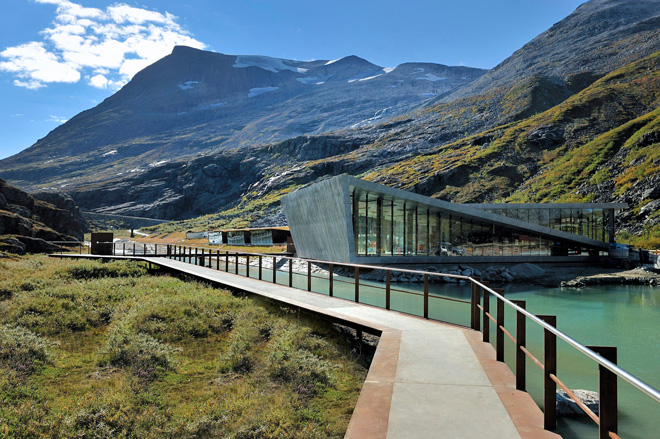
From the Visitor Centre, a path leads out to two viewing platforms

The centre is built from glass, steel and concrete to cope with the harsh mountain climate
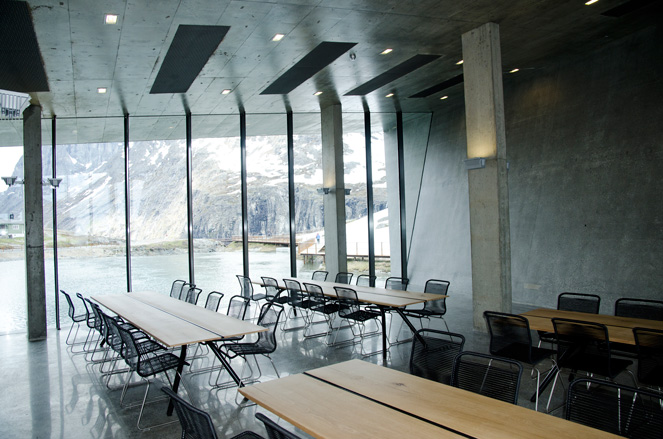
The main building houses a café and information point. The tables, with oak tops and legs in lacquered black steel, have been specially designed for the building by the architects

Parts of the structure acts as a manmade flood barrier for when the River Istra soars with meltwater during the spring

Like the main buildings, the viewing platforms are also built from glass, steel and concrete

The building's surfaces alternate between being as smooth as ice and as rough as rocks, echoing the complex natural forms of the Norwegian mountain landscape

A series of stepped pools with angular thresholds that expand the water’s surface, help control the flow of the river around the new buildings
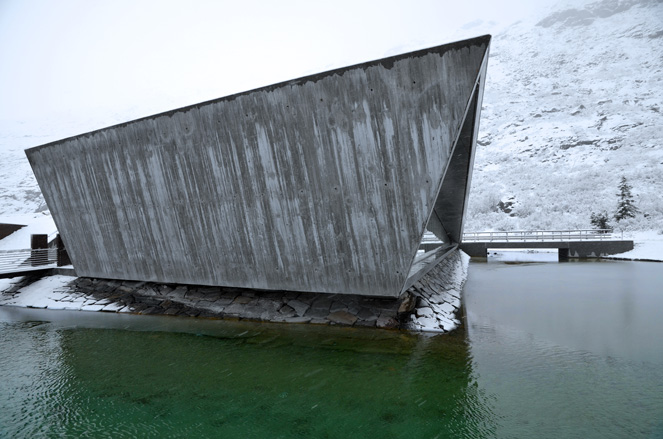
The buildings are designed to resemble the shapes of the surrounding landscape

The mountain pass in which the Visitor Centre sits is closed much of the year and normally opens at the end of May until early autumn. Snow was falling as late as the first weekend of June, so when Wallpaper* visited the site a few days later, the workmen were busy clearing metres of snow and ice from the building's sloping roofs
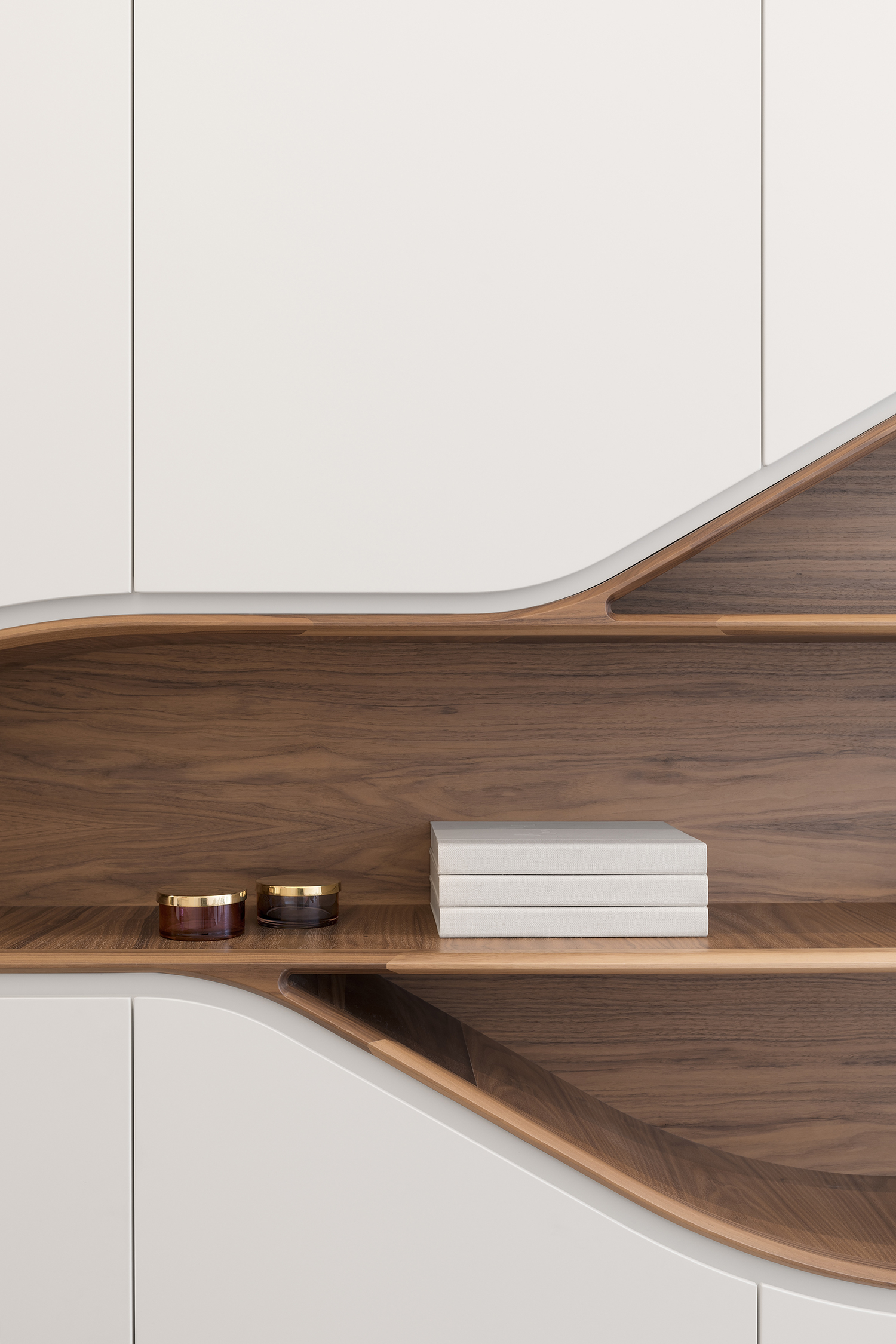
During the winter, the buildings – and the road – are completely covered in snow and are only accessible for those on skis
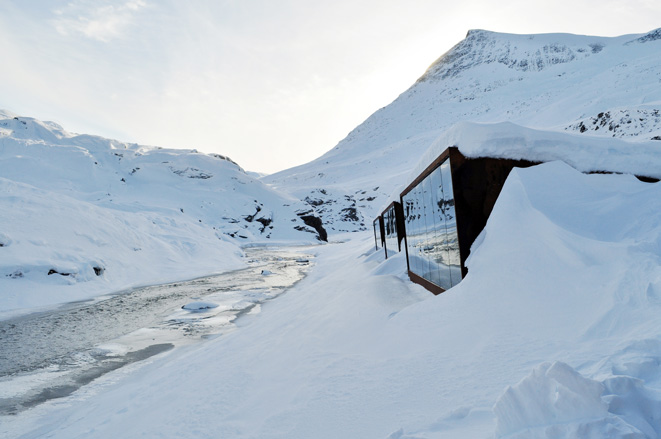
Some of the buildings, which contain service facilities, a kiosk and a souvenir store, are structured like a defensive wall and act as a manmade flood barrier for River Istra
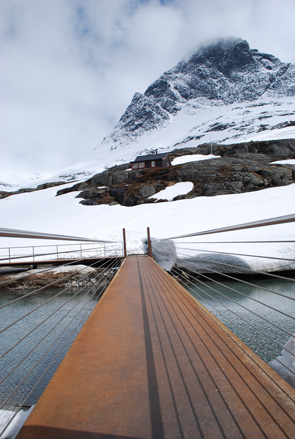
When we arrived, the snow had just been cleared from parts of the path leading out to the viewing platforms

The mountain pass is at an elevation of around 850 metres, between the towns of Valldal and Åndalsnes in Western Norway

The viewing platforms sit above the Stigfossen waterfall, which drops 320 metres down the mountainside
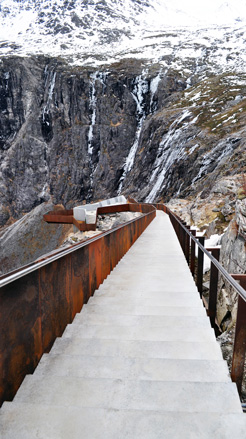
The viewing platforms can only be accessed by foot and are often covered in snow early on in the tourist season

The Trollstigen road has an incline of nine percent and consists of 11 tight hairpin bends winding down a steep mountainside

The building of the mountain pass began in 1928 and was a huge challenge, as the area was steep and prone to landslides and flooding. The road was finally opened on 31 July 1936 by King Haakon
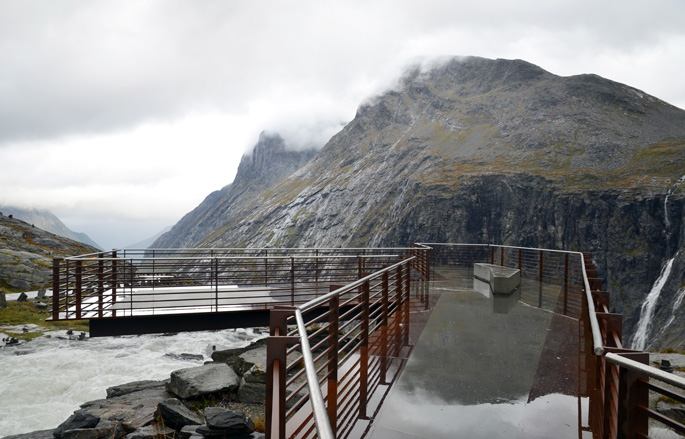
The Visitor Centre and viewing platforms are part of the National Tourist Routes in Norway
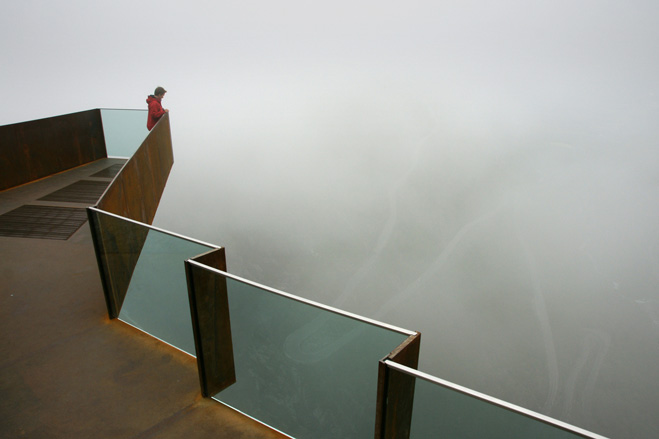
Glass panels allow spectacular (if sometimes foggy) views even for those who can only crawl to the edge of the platforms
Receive our daily digest of inspiration, escapism and design stories from around the world direct to your inbox.
-
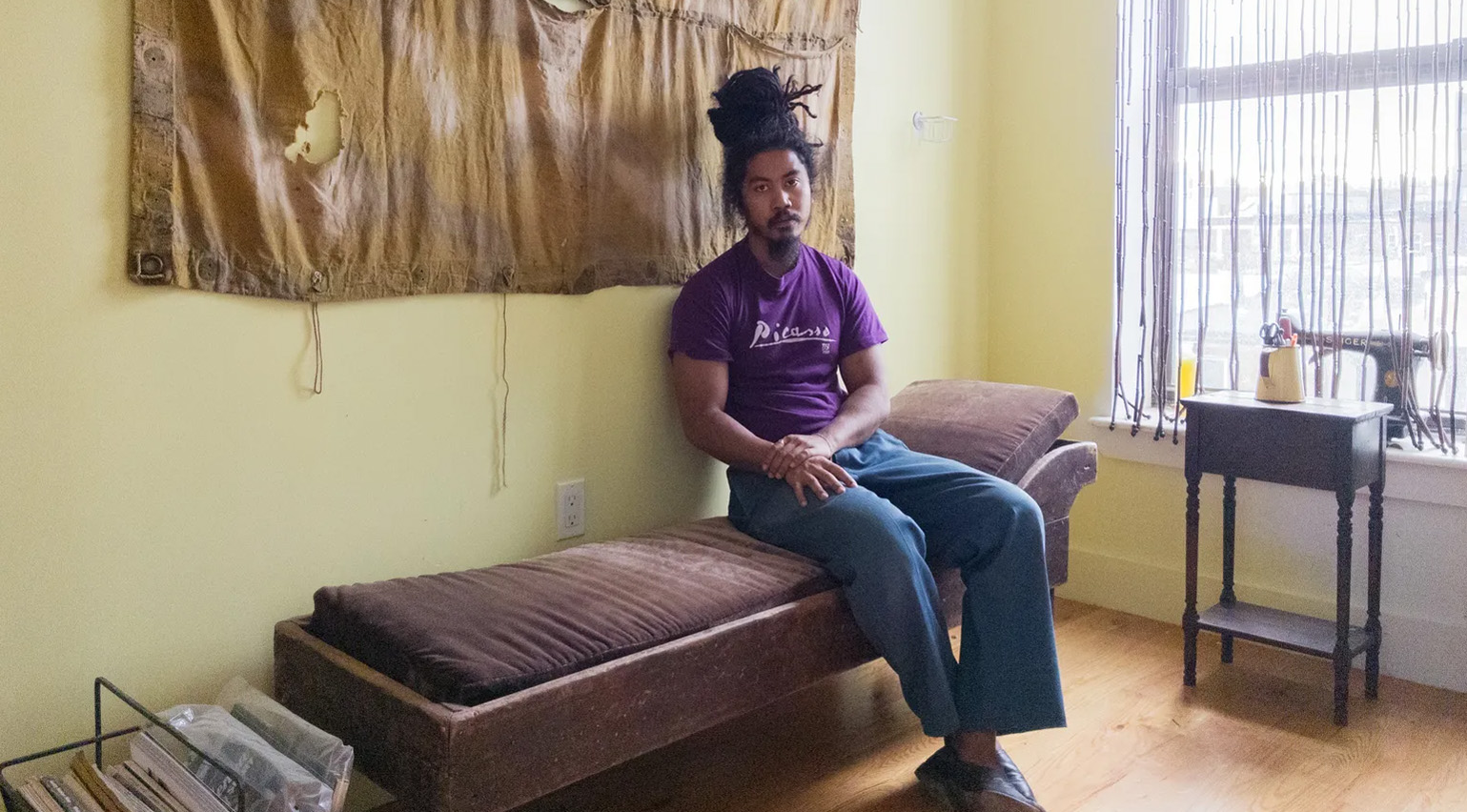 The rising style stars of 2026: Connor McKnight is creating a wardrobe of quiet beauty
The rising style stars of 2026: Connor McKnight is creating a wardrobe of quiet beautyAs part of the January 2026 Next Generation issue of Wallpaper*, we meet fashion’s next generation. Terming his aesthetic the ‘Black mundane’, Brooklyn-based designer Connor McKnight is elevating the everyday
-
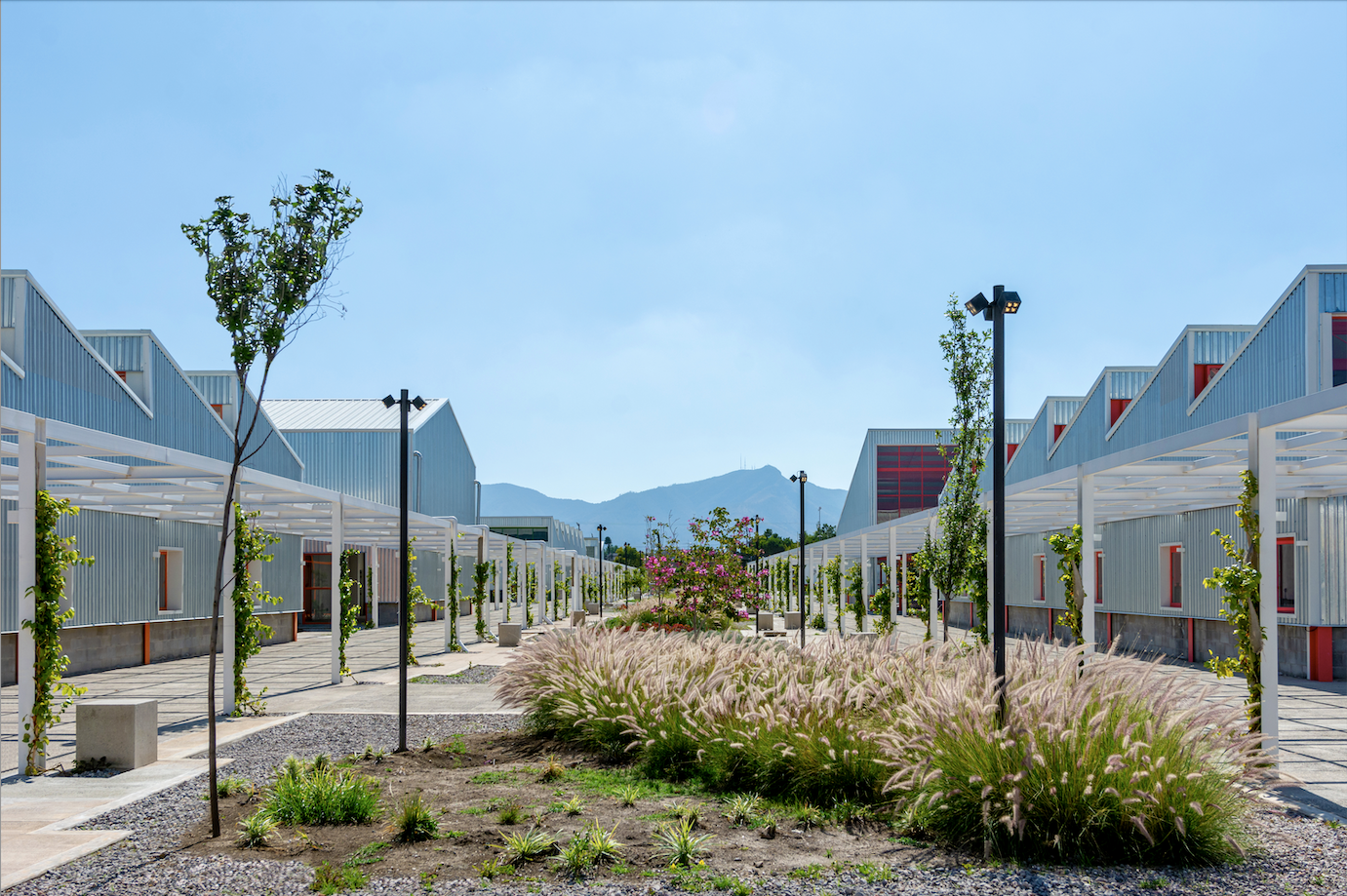 Mexico's Office of Urban Resilience creates projects that cities can learn from
Mexico's Office of Urban Resilience creates projects that cities can learn fromAt Office of Urban Resilience, the team believes that ‘architecture should be more than designing objects. It can be a tool for generating knowledge’
-
 ‘I want to bring anxiety to the surface': Shannon Cartier Lucy on her unsettling works
‘I want to bring anxiety to the surface': Shannon Cartier Lucy on her unsettling worksIn an exhibition at Soft Opening, London, Shannon Cartier Lucy revisits childhood memories
-
 A holiday house on a Norwegian fjord drinks in spectacular views
A holiday house on a Norwegian fjord drinks in spectacular viewsAn elegant and modest holiday home on a fjord on Norway’s western coast works with a steep site and far-reaching vistas
-
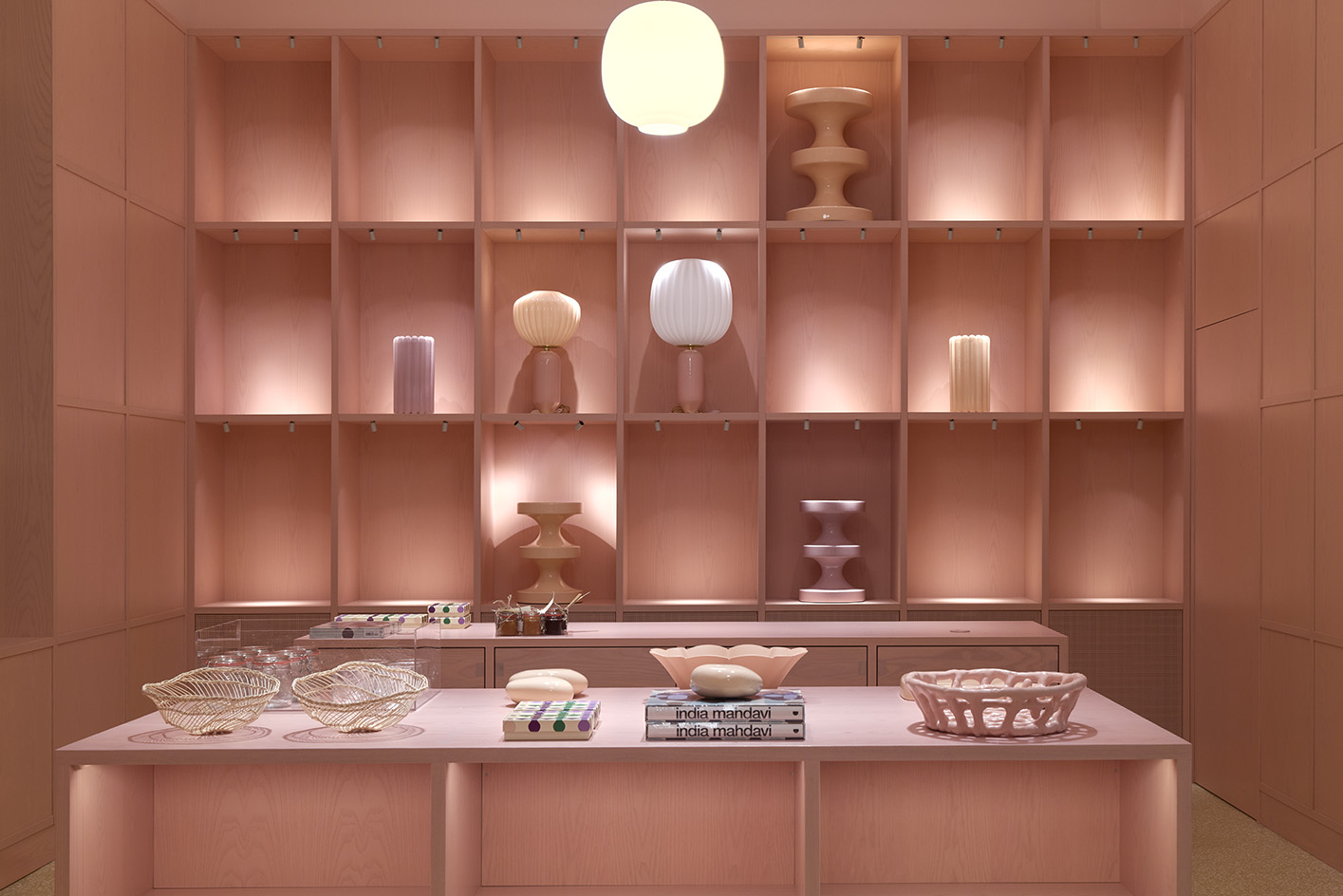 PoMo Museum opens its colourful spaces in Trondheim’s art nouveau post office
PoMo Museum opens its colourful spaces in Trondheim’s art nouveau post officePoMo Museum is a new Trondheim art destination, featuring colourful interiors by India Mahdavi in an art nouveau post office heritage building
-
 Tour this waterfront Norwegian summer house in pristine nature
Tour this waterfront Norwegian summer house in pristine natureCabin Lillesand by architect, Lund Hagem respects and enhances its natural setting in the country's south
-
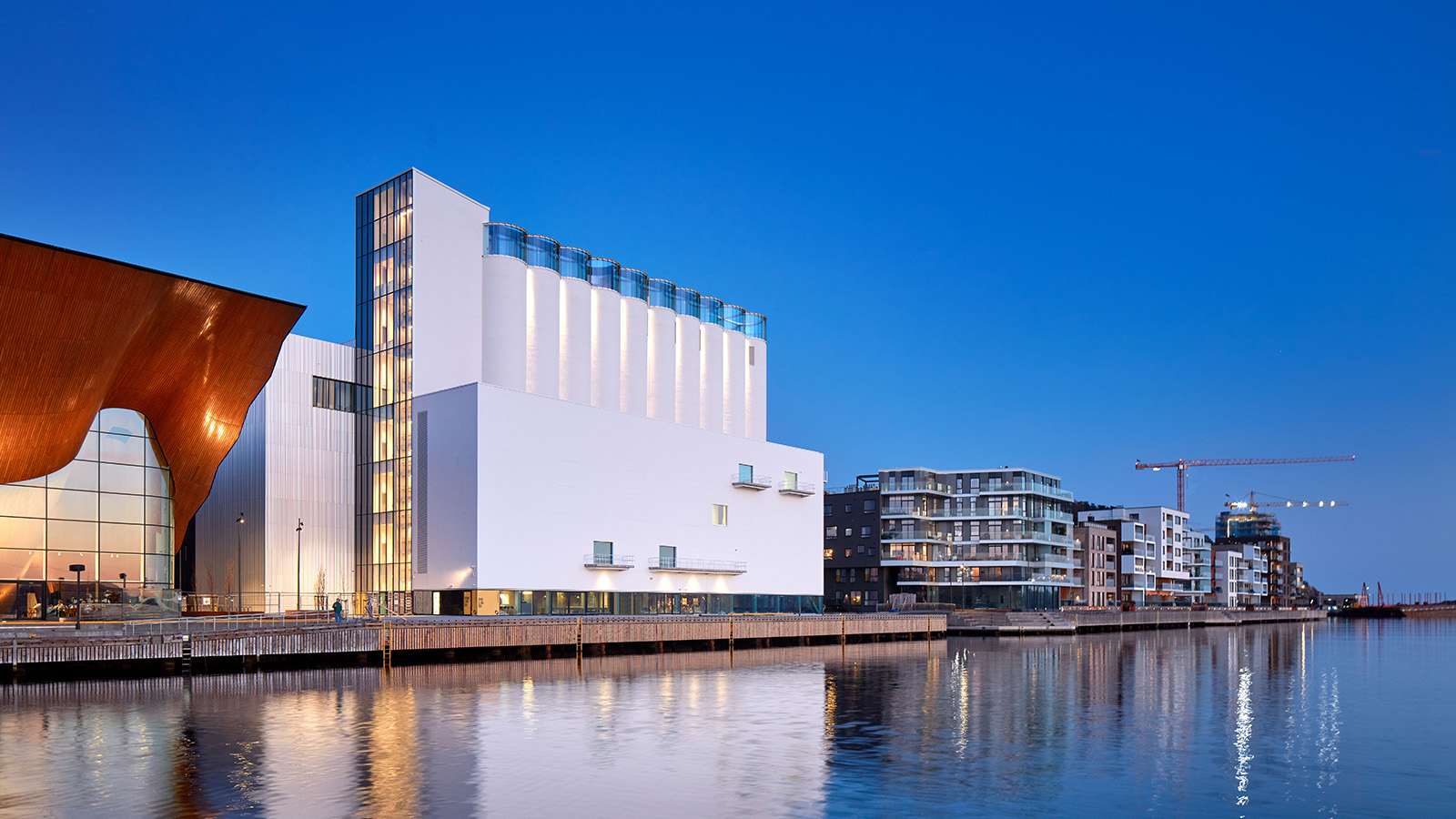 Kunstsilo sees a functionalist grain silo transformed into Norway’s newest art gallery
Kunstsilo sees a functionalist grain silo transformed into Norway’s newest art galleryKunstsilo’s crisp modern design by Mestres Wåge with Spanish firms Mendoza Partida and BAX Studio transforms a listed functionalist grain silo into a sleek art gallery
-
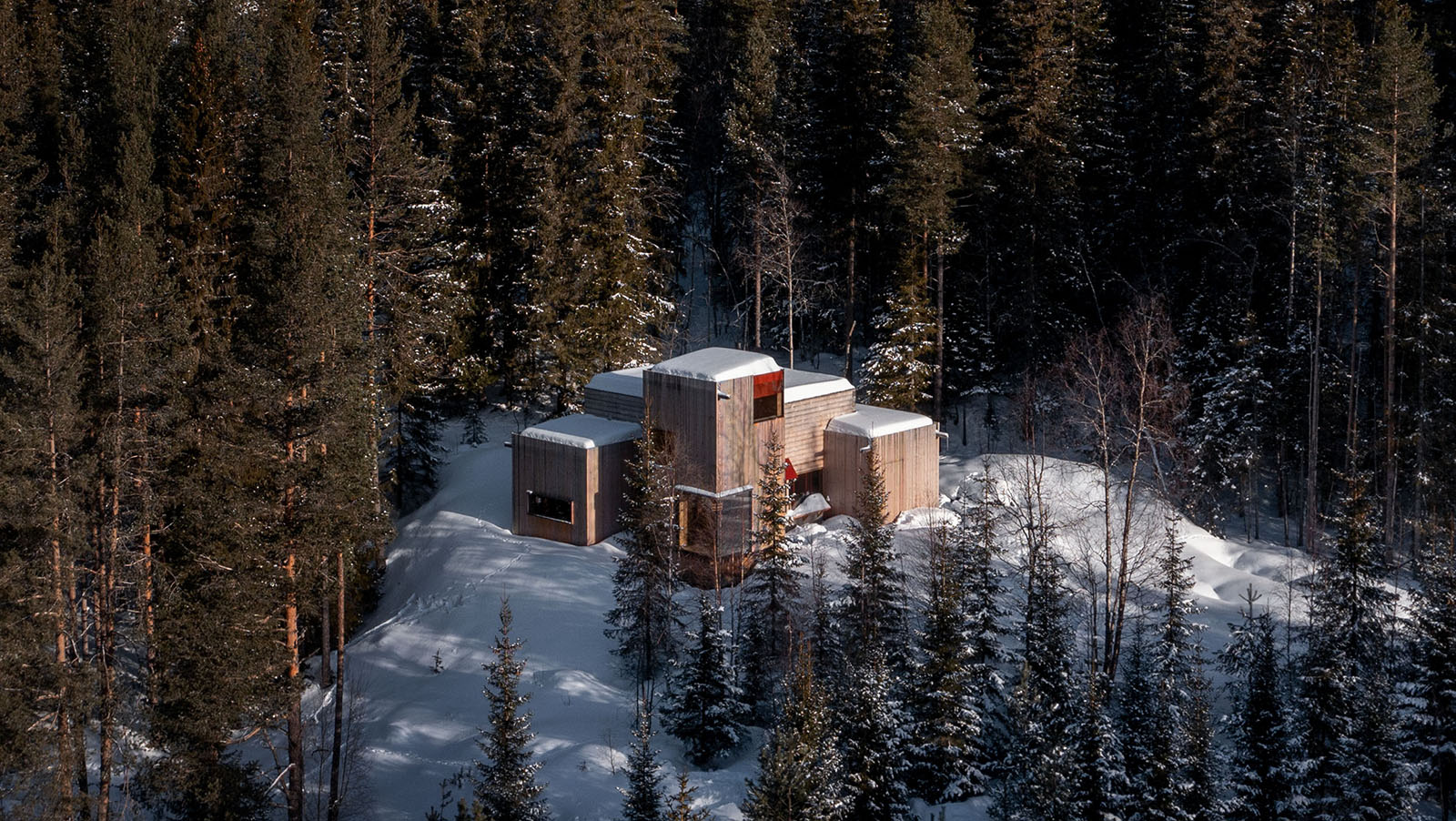 Aarestua Cabin brings old Norwegian traditions into the 21st century
Aarestua Cabin brings old Norwegian traditions into the 21st centuryAarestua Cabin by Gartnerfuglen is a modern retreat with links to historical Norwegian traditions, and respect for its environment
-
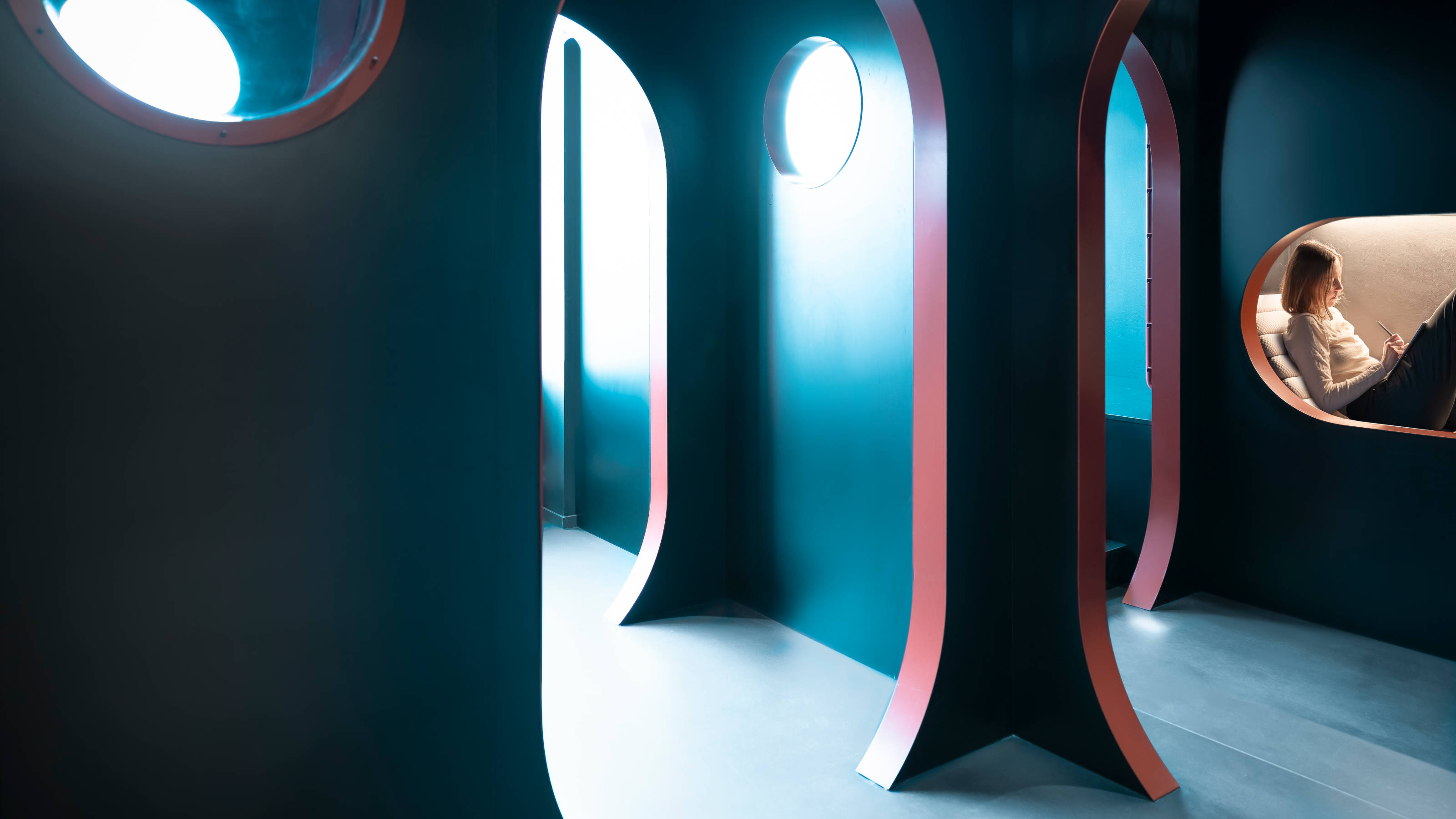 Pioneering tablet maker reMarkable’s Oslo headquarters is a space for ‘better thinking’
Pioneering tablet maker reMarkable’s Oslo headquarters is a space for ‘better thinking’reMarkable’s Oslo head office, featuring areas to retreat, ruminate and collaborate, is a true workspace of the future
-
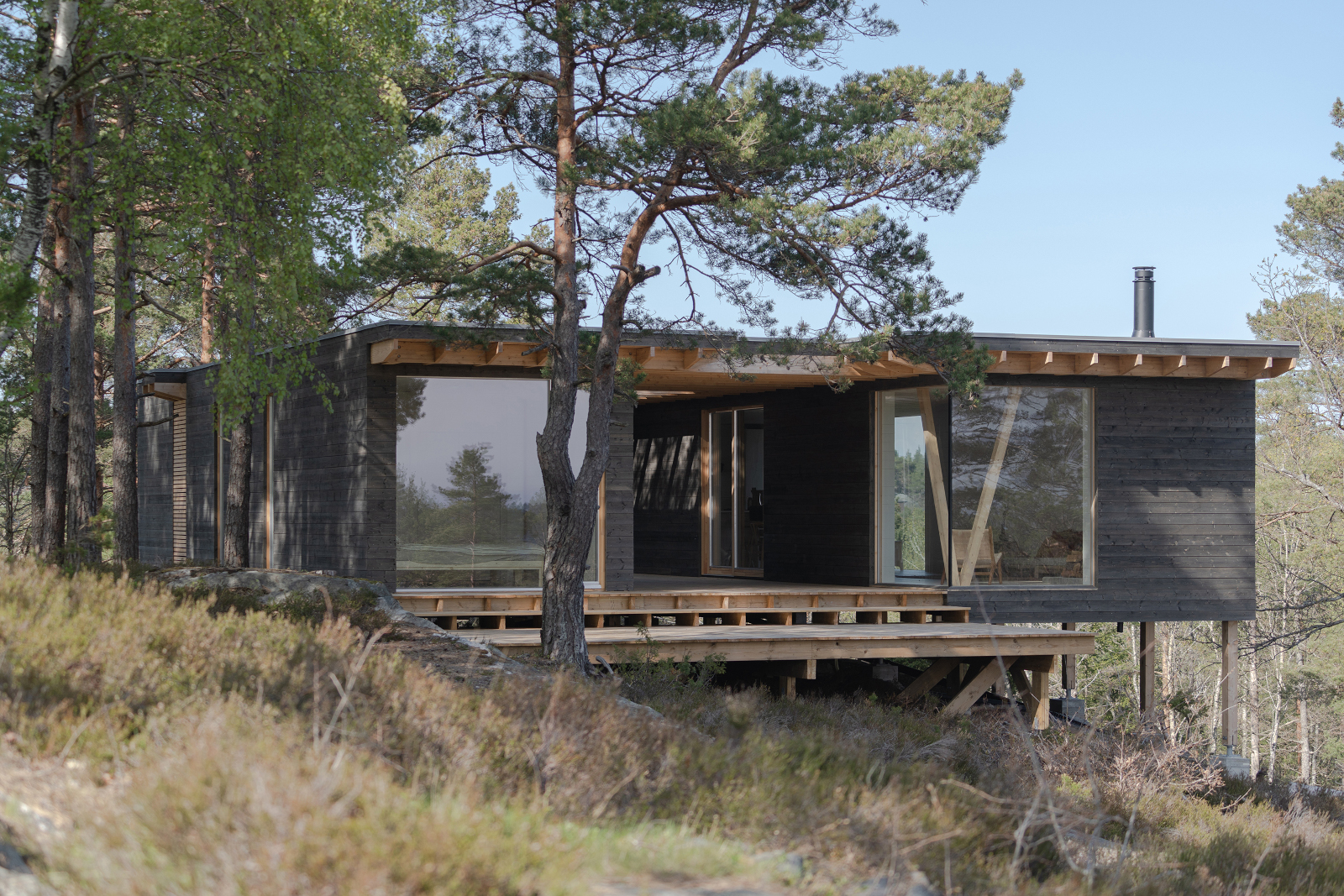 This Norway cabin was designed as a minimalist, coastal escape
This Norway cabin was designed as a minimalist, coastal escapeThis Norway cabin by Erling Berg is made of local timber that frames its scenic Risør views through large openings and outdoor areas, creating a cool summer escape
-
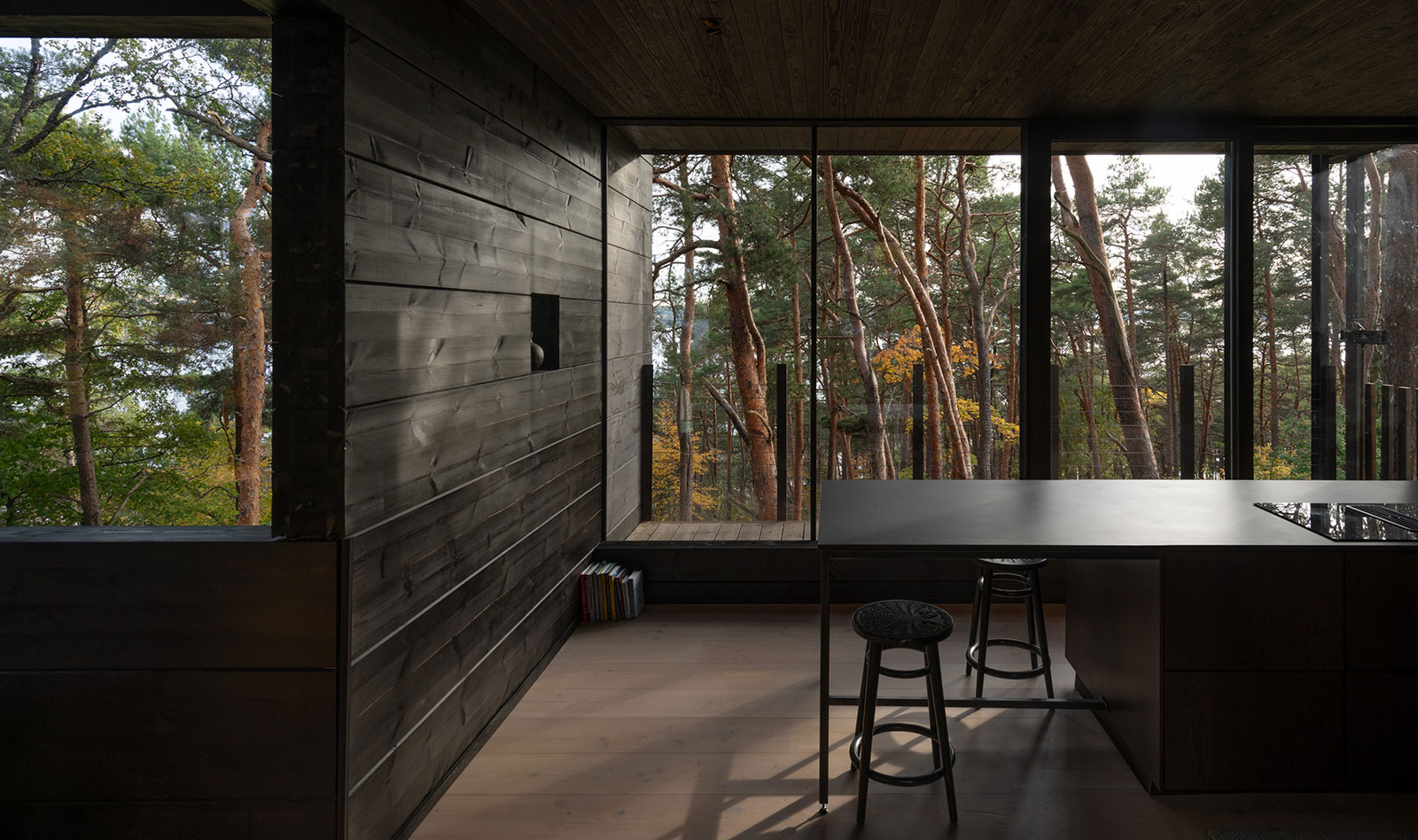 This Oslo house is a suburban cabin in the woods
This Oslo house is a suburban cabin in the woodsAn Oslo house designed like a retreat, Villa Nikkesmelle by Gartnerfuglen, offers the perfect balance between urban and rural